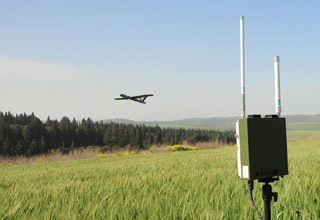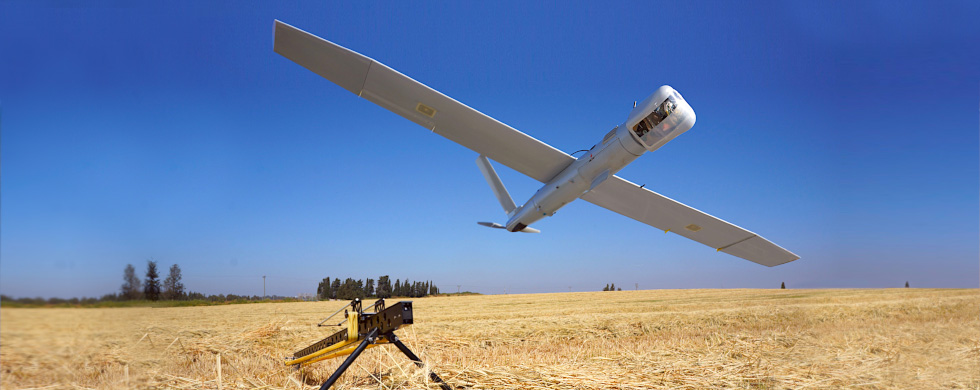By Anthony Osborne tony_osborne@aviationweek.com
Source: AWIN First

Bell Helicopter says it has taken lessons learned from the V-22 Osprey and is incorporating them into the third-generation tiltrotor it is offering for the U.S. Army’s Future Vertical Lift requirement.
The V-280 Valor, being unveiled at the Army Aviation Association of America convention in Fort Worth this week, is a clean sheet design to meet the Army’s medium-size requirement for as many as 4,000 aircraft in the coming years, replacing both the UH-60 Black Hawk and the AH-64 Apache in the utility and attack roles. In delivering a tiltrotor, Bell is putting its emphasis on speed, range and productivity, claiming the tiltrotor will be twice as productive as the conventional designs and some of the hybrids that have emerged from its competitors.
“Tiltrotor is the most effective, it maximizes the capability through speed and range and as distances increase, that productivity increases,” says Chris Gehler, business development manager for FVL at Bell.
The most obvious change comes in the configuration of the engines. Rather than tilting pods, the engines remain fixed horizontal with the rotor and drive system encased in a tilting pod. According to Bell this eliminates concerns about ingress and egress of troops from the side doors and increases the field of fire for the door gunners when on approach to a hostile landing zone. It may also help lower development risk, reducing the need to certify engine operation at different angles. Bell is working to give the V-280 lower rotor disk loading, which will in turn reduces the level of downwash. The company is confident that the aircraft will have a downwash somewhere between that of the V-22 and a conventional helicopter.
FVL Medium utility variant (Concept: Bell Helicopter)
A key part of the development to reduce cost is to simplify tiltrotor designs compared to the V-22. With this in mind, the V-280 features a straight wing instead of the forward-swept wing of the Osprey. Furthermore, Bell plans to use what it calls Large Cell Carbon Core technology, which allows the wing to be produced in one large piece, reducing weight and manufacturing costs. Critically, the use of the technology will allow any damage to be detected immediately.
As a result, base models of the V-280 will not have the complex wing-folding mechanisms needed by the Osprey for its maritime mission. The aircraft will be able to self-deploy over 2,100 mi. to meet a stipulated need to self-ferry over long distances.
“Make the shift to the Pacific region ... and in terms of what it’s going to be able to do with operational reach and having smaller, leaner forces, it is a key enabler,” adds Keith Flail, director of FVL at Bell.
Bell has illustrated two versions of the aircraft in its briefings at Quad-A: the utility variant capable of carrying 11 passengers and four crew, and an attack variant using the same fuselage that would presumably replace the AH-64 Apache. Artist’s impressions show the attack aircraft being able to carry precision guided weapons in a payload bay as well as under the wings. A turreted gun would fit under the nose.
 FVL Medium attack variant (Concept: Bell Helicopter)
FVL Medium attack variant (Concept: Bell Helicopter)
With Boeing now working with Sikorsky on providing an FVL solution using Sikorsky’s X2 compound technology, Bell is looking for a new partner with which to share the program. The company says it is in discussions with other “aerospace partners” and that those discussions are continuing, but refused to put a timeline on any announcement.
Also read
http://www.aviationweek.com/Blogs.aspx?plckBlogId=Blog:27ec4a53-dcc8-42d0-bd3a-01329aef79a7&plckPostId=Blog:27ec4a53-dcc8-42d0-bd3a-01329aef79a7Post:085f3884-fb49-4997-a479-7cd3a38af7d7









